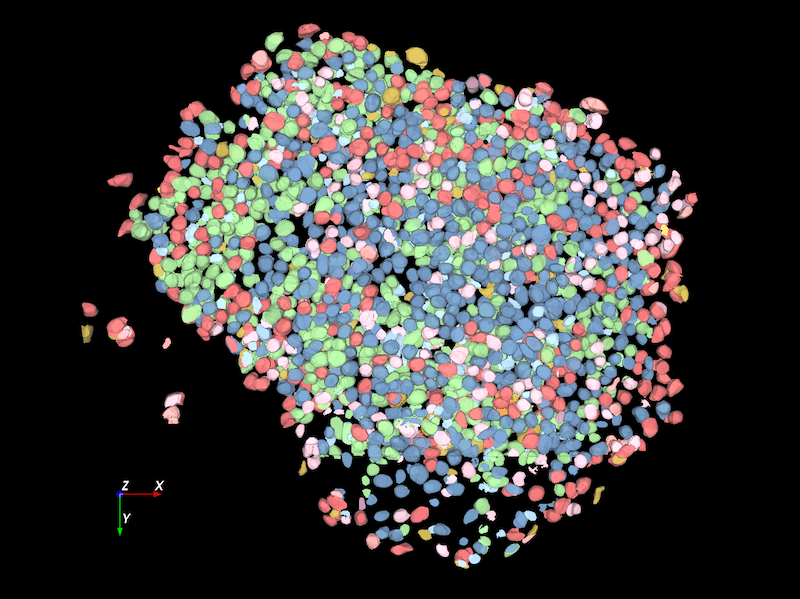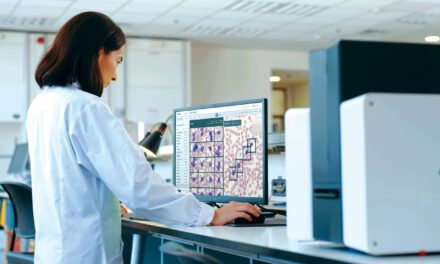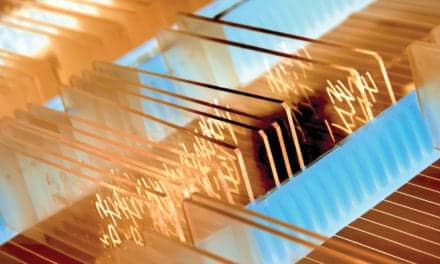Summary:
Leica Microsystems has launched Aivia 15, an enhanced AI-driven image analysis software designed to simplify and accelerate scientific microscopy workflows through improved usability, performance, and accessibility.
Takeaways:
- User-Friendly Design: Aivia 15 introduces intuitive tools like Segment by Example and Aivia Launchpad to enable non-coders to perform powerful AI-based analysis easily.
- Faster, Smarter Processing: New 3D processing is up to 69% faster and includes advanced spatial analysis features for deeper scientific insights.
- Expanded AI Model Integration: Drag-and-drop support for 22 additional Bioimage.io models enhances compatibility and flexibility for a wide range of research needs.
Leica Microsystems, a provider of microscopy and scientific instrumentation, has released the latest version of its AI-driven image analysis software. Aivia 15 empowers scientists to set up quickly, deploy intuitive AI-powered analysis for accurate detection, and then easily batch process their analyses.
Usability at the Heart of Aivia 15
Usability is at the heart of the latest version of Aivia, with new tools such as Segment by Example, which enables users to paint directly on 2D or 3D sample cells to deploy an AI model modified from Cellpose[1]. This deep learning engine delivers accurate segmentation across varying cellular morphologies using only a few examples, allowing any scientist to access rapid insights without needing to code or train their own models.
With the new Aivia Launchpad, users are guided through analysis setup using an intuitive interface featuring pre-built Guided Sequences and embedded tutorials. Aivia then automatically recommends relevant workflows based on user goals and image dimensions, while the Flexible Chevrons feature enables intuitive customization, saving, and sharing of workflows.
“Aivia 15 represents a major step forward in accessibility and performance for AI-powered microscopy analysis, democratizing AI to empower scientists to transform images into insights effortlessly, without deep learning expertise or coding skills,” says Won Yung Choi, product manager, Data & Analysis at Leica Microsystems.
Tailored for a Wide Range of Disciplines
Tailored for researchers in neuroscience, cell biology, spatial biology applications and a wide range of other disciplines, Aivia 15 now allows scientists to focus even more on the quantitative insights gained from their data.
Performance has also taken a major leap forward. Enhanced 3D processing delivers results up to 69% faster[2], streamlining even the most demanding volumetric analysis tasks. The new Workflow Creator simplifies batching setup for segmentation, classification, and spatial relations analysis – and the updated Spatial Relations tool allows for advanced object-based spatial insights, including colocalization and nearest neighbor metrics.
Drag-and-Drop Support Added for 22 New Bioimage.io Models
Further expanding active collaboration with the scientific open-source community, Aivia 15 adds drag-and-drop support for 22 new Bioimage.io models, bringing the total to 26 pre-converted Bio Zoo models ready to use within Aivia’s recipe console. Aivia 15 is available through flexible licensing models that provide users with options to meet their specific lab requirements. Existing Aivia users with active support and upgrade can access Aivia 15 for a seamless transition to this cutting-edge update.
Featured Image: Large volume computational clearing processed Thunder image of human pancreatic islet organoid. Cells segmented using Segment By Example tool, automatically phenotyped, and color-coded based on phenotypes in Aivia. Image courtesy of the Matthias von Herrath Lab, La Jolla Institute of Immunology, La Jolla, CA.
References
[1] Stringer C, Wang T, Michaelos M, Pachitariu M. Cellpose: a generalist algorithm for cellular segmentation. Nature Methods. 18: 100-106. (2021)
[2] Compared to previous version Aivia 14





